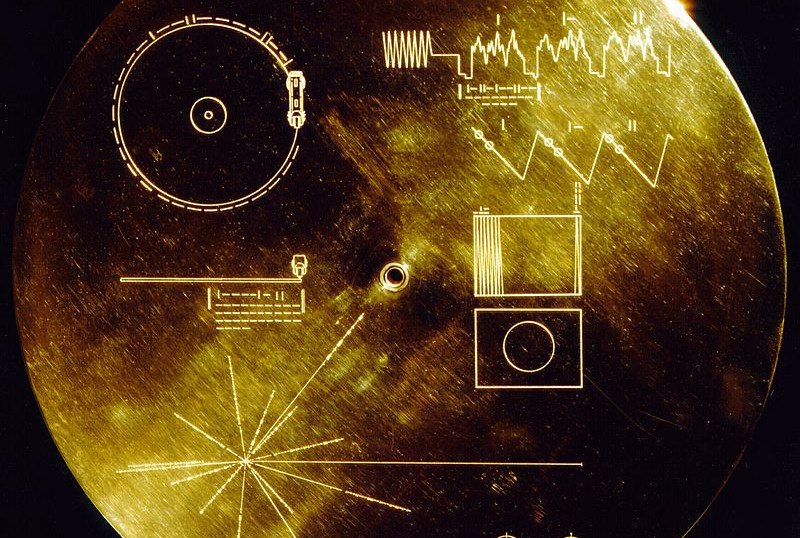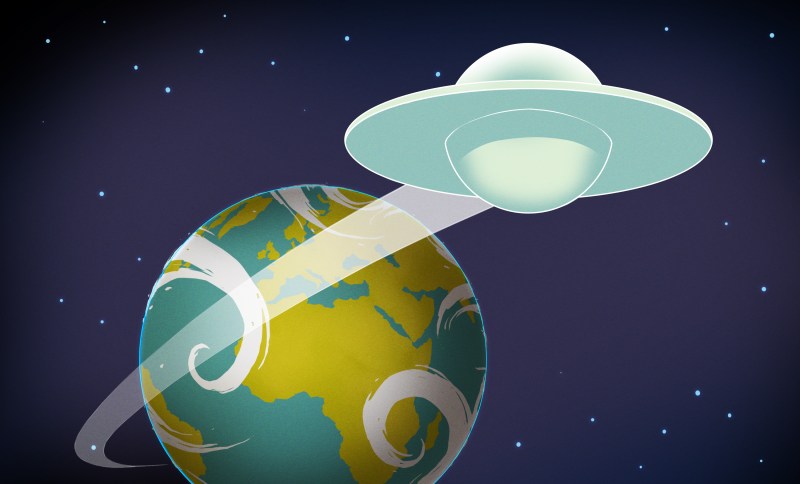SETI uses VLA giant radio antennae to seek ETs
The search for extraterrestrial civilizations has gotten a major boost as SETI joins forces with the National Science Foundation’s Karl G. Jansky Very Large Array (VLA) near Socorro, New Mexico.Continue ReadingCategory: Space, ScienceTags: SETI, Radio,… Continue reading SETI uses VLA giant radio antennae to seek ETs



